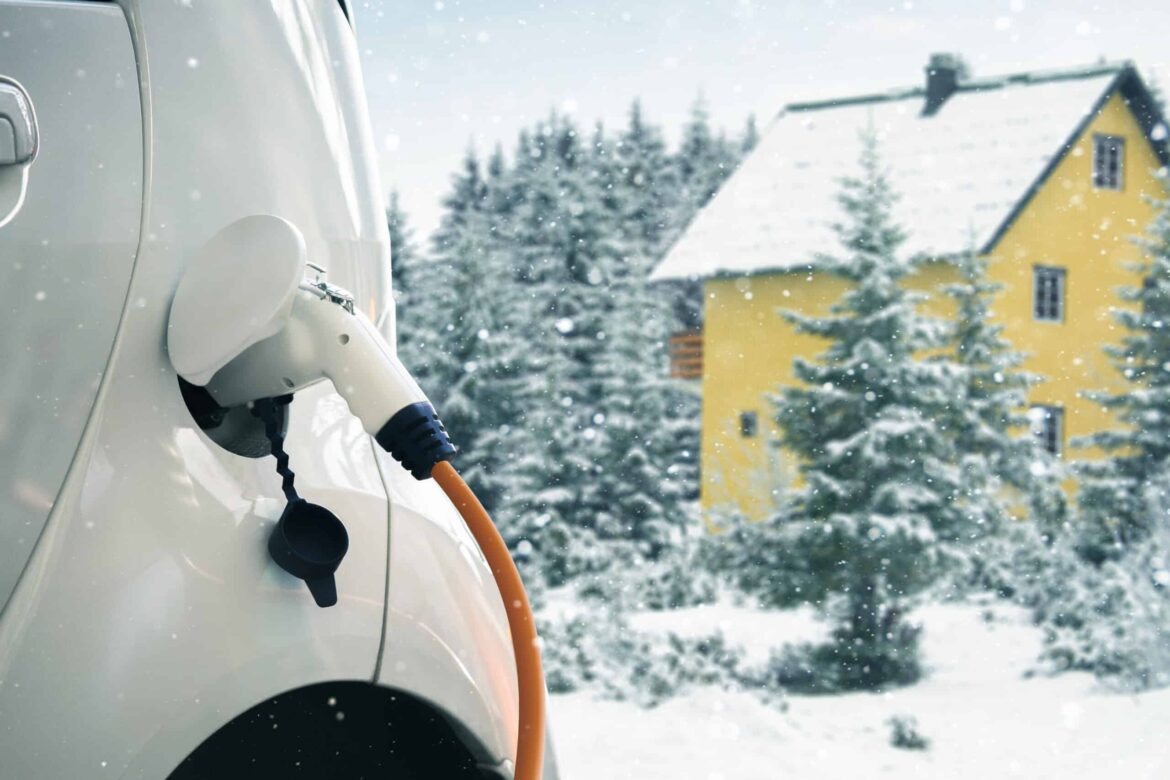1.6K
The range of electric cars is a big problem in winter. Drivers have to reckon with large losses here. We show you how high the range loss is in cold weather.
Electric car: This is why there is a loss of range in winter
Depending on the electric car, the realistic range is between 150 and 400 kilometres. In summer, these values are perfectly adequate, but in winter, numerous factors ensure that the range is undercut by a long way.
- All the energy, and therefore heat, in an electric car comes from the battery.
- The friction in the drive is significantly higher due to the cold, so more energy is needed. Heating for the passenger compartment and rear window as well as the fan also draw electricity, but are not needed in summer.
- The heater consumes up to 5 kilowatts per hour. So a car battery with 15 kilowatts of power would run out within three hours just by running on battery power.
- It also takes longer to charge. Electric cars are equipped with lithium-ion batteries. When temperatures drop below zero degrees, this slows down the movement of the ions and thus the chemical reactions.
E-car: Often enormous loss of range in winter
In winter, the range loss is up to 70 percent, depending on the model. You can expect a loss of 50 percent on average.
- Charging electric cars also takes significantly longer in sub-zero temperatures
- In the meantime, many manufacturers have reacted: The new Renault Zoe has an integrated heat pump. VW and BMW currently still charge 975 and 660 euros extra for a heat pump in the eGolf and in the BMW i3 and BMW i3s. According to BMW, the heat pump increases the range by more than 30 per cent.
- Two more tips: Be sure to put the car in the garage overnight so that the cold does not reach the battery as easily. You should also use the preheating system if the Stromer has it.
